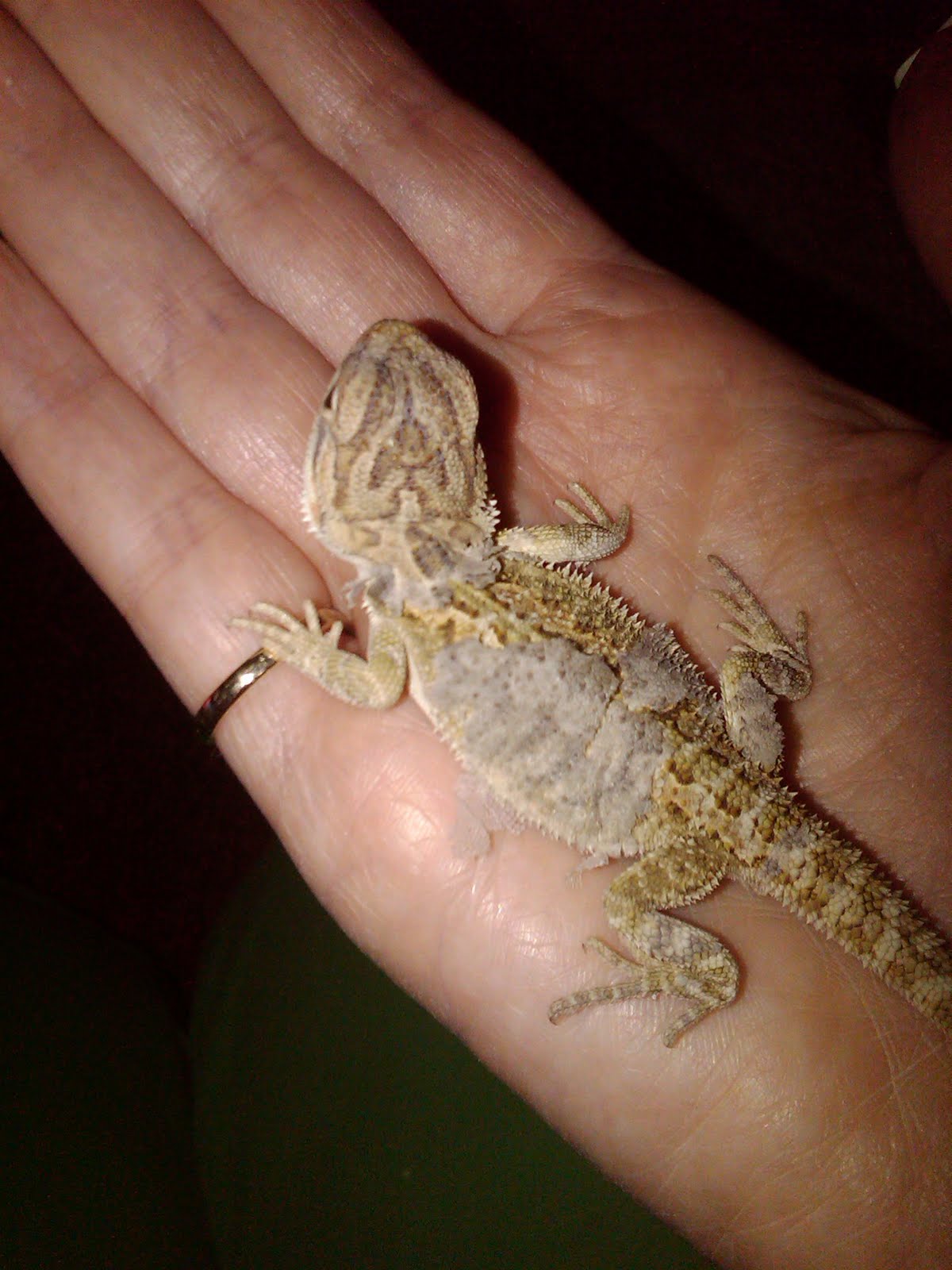How to Tell if Your Bearded Dragon is Dying: A Guide for Beginners
How to Tell if Your Bearded Dragon is Dying: A Guide for Beginners
Bearded dragons are popular pets for good reason. They’re easy to care for, have unique personalities, and are just plain cute. As with all pet ownership, however, it’s important to know what to look out for when it comes to your bearded dragon’s health. In this guide, we’ll discuss the signs that your bearded dragon may be dying, and what to do if you think they’re in trouble.
Physical Signs of Illness
The first signs of a dying bearded dragon are often physical. These can include:
- Lethargy or lack of interest in food or movement
- Discoloration or darkening of the skin
- Sunken eyes
- Rapid weight loss
- Tremors, shaking, or convulsions
- Difficulty breathing
- Swelling in the limbs or joints
If you notice any of these symptoms in your bearded dragon, it’s important to take action right away. Bearded dragons are hardy creatures, but they can decline quickly once an illness sets in.

Behavioral Signs of Illness
In addition to physical signs, there are also behavioral signs that your bearded dragon may be unwell. These can include:
- Hiding for extended periods
- Lethargy or unresponsiveness
- Aggressiveness or biting
- Unusual vocalizations
- Sitting with the mouth open or breathing heavily
- Glass surfing (repeatedly climbing the walls of the enclosure)
- Decreased or absent thirst
If your bearded dragon is displaying any of these behaviors, they may be trying to communicate that they’re not feeling well. Be especially attentive if your bearded dragon suddenly changes their behavior. This could indicate that something is seriously wrong.

What to Do If You Suspect Your Bearded Dragon is Dying
If you notice any of the physical or behavioral symptoms listed above, it’s important to take your bearded dragon to the vet as soon as possible. Bearded dragons can decline rapidly once they become ill, so time is of the essence.
While at the vet’s office, be sure to explain in detail what symptoms you’ve noticed and how long they have been present. Your vet will likely run diagnostic tests to determine what’s going on and what treatment is necessary. Follow their instructions carefully and administer any medications as directed.
In addition to taking your bearded dragon to the vet, there are a few things you can do at home to keep them comfortable:
- If your bearded dragon isn’t eating, offer them plenty of fresh water to drink
- Keep their enclosure clean and hygienic
- Provide a comfortable place to rest (such as a hide box)
- Make sure their enclosure is at the proper temperature and humidity levels
- Be gentle and patient with your bearded dragon. They may not feel well and could be easily stressed.
Remember, bearded dragons are living creatures that require love and care. If you suspect that your bearded dragon is dying, do not delay in seeking medical attention. By recognizing the signs of illness early and taking prompt action, you can help ensure the best possible outcome for your pet.
